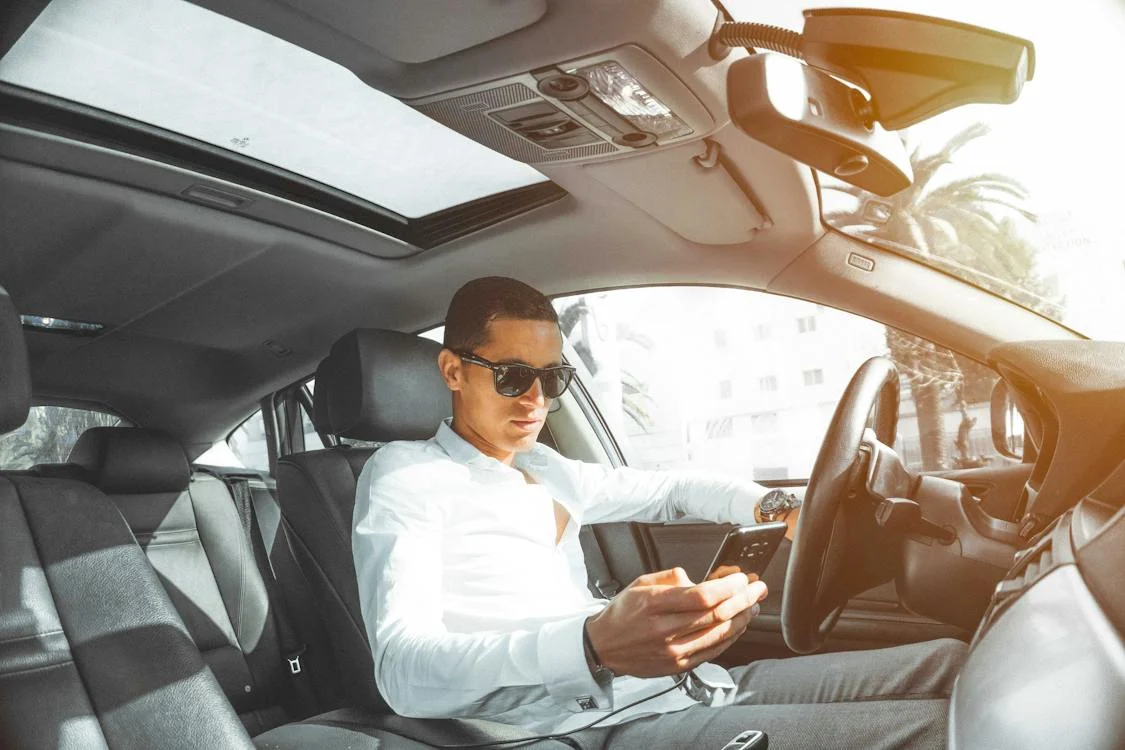There are certain times of the year, the week, and the day that are more dangerous than others for drivers. For example, in Las Vegas, the most dangerous accidents tend to occur at night, whereas in other places, the rush hour might statistically be the most dangerous.
It’s important that you’re mindful any time you’re driving and that you’re fully focused on the task at hand, but based on research, the following are some things to know about the most dangerous times, in general, to be on the roadways.
Rush Hour
One study found that car crash deaths are more than 85% higher during rush hour that after work, compared to morning rush hour times. The after-work rush hour is between 4 p.m. and 6:59 p.m. The morning rush hour is considered the period between 7 a.m. and 9:59 a.m.
When people leave work all around the same time, it can lead to a lot of volume on roadways, which is one reason it could be a dangerous time. There’s congestion as well as people who are frustrated, tired, distracted, and in a hurry to end their workday and get home.
Some researchers believe that the reason afternoon rush hour is so much more dangerous than morning rush hour is because of the typical state of mind of drivers at this time, which is fatigued and impatient.
Weekends
On the weekends, Saturday is an especially dangerous time, with Friday not far behind.
Saturday night after 10 p.m. tends to be a very risky time to be on the road, but the risk continues into the early morning hours of Sundays, with the period between 1 a.m. and 3:59 a.m. coming with a high-risk level.
There are a lot of reasons traffic fatalities likely go up on the weekends. One can be drinking and driving, while there’s also the potential that when drivers are on the road on the weekends, they’re generally more careless and potentially more reckless.
Alcohol isn’t the only substance that could be affecting drivers and making them riskier on the weekends—controlled substances likely play a part too.
By Month
In one report, October was the worst month for car accidents. This could be due to the fact that there’s more darkness in the mornings and evenings in October, and people haven’t adjusted yet.
There are also probably a lot of people on the road in October, when the weather is still nice enough to be out and about, before the winter months when people stay home more.
By Holiday
Independence Day in the United States is often the deadliest day for drivers because roads are congested, and there’s more alcohol use than normal. From 2011 to 2021, an average of more than 2,740 deaths occurred every July 4. July 3 came in at a close second because this is a travel day when many Americans are heading on vacations or visiting friends and family to begin their celebrations.
Labor Day weekend in September also sees a high rate of accidents and deaths for the same reasons that Independence Day is dangerous for drivers.
Thanksgiving is one of the busiest travel times in the country, and there’s a massive volume of traffic on Wednesday before the holiday making it risky.
Around Christmas, similarly, there are risks. There are not only a lot of people generally on the roads traveling to visit family and do their shopping, but the weather is bad in a lot of parts of the country, and drivers are stressed out, which can make them more aggressive and less mindful of what’s happening around them.
New Year’s Day combines alcohol-related traffic deaths with winter weather and people traveling a lot, also making it a dangerous time if you’re on the road.
A good rule of thumb is to try and avoid driving at dangerous times, but that’s not always realistic, so what else can you do?
Make sure that you’re removing any distractions for yourself if you’re driving, especially at one of the times highlighted above. Make sure your headlights and brakes work well, obey all the rules of the road, and of course, never drink and drive.
If you’re ever tired after a long drive or road trip, pull over rather than trying to continue on, or take a break and let someone else drive.
If it’s nighttime and you’re driving, keep an overly cautious distance from other drivers to give yourself plenty of time to react to whatever might happen around you.
